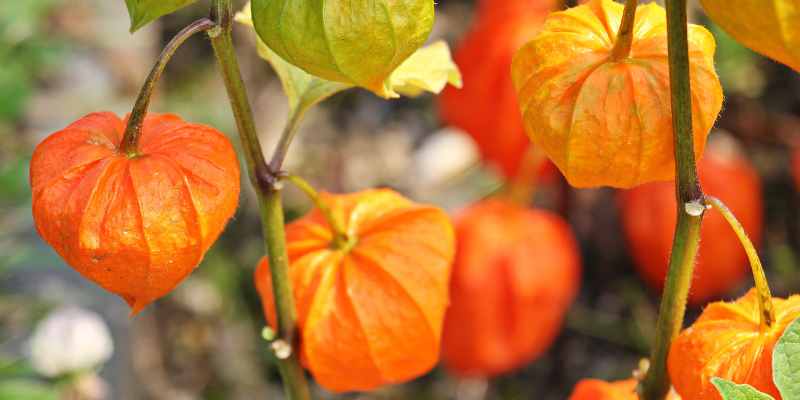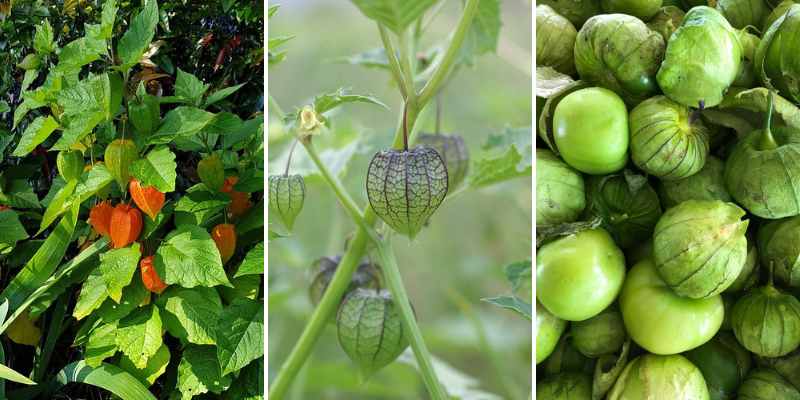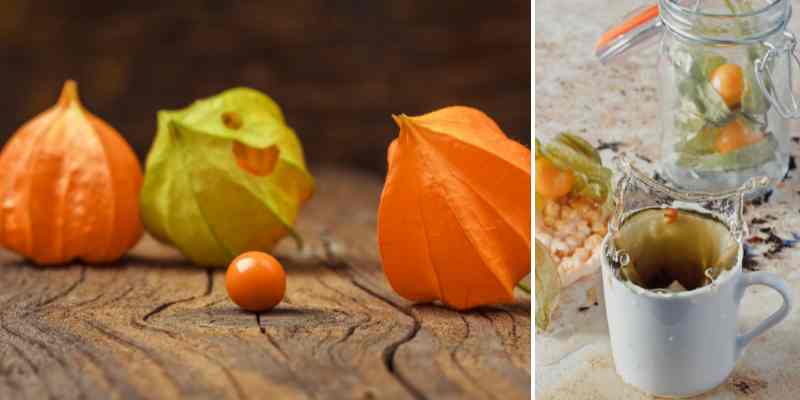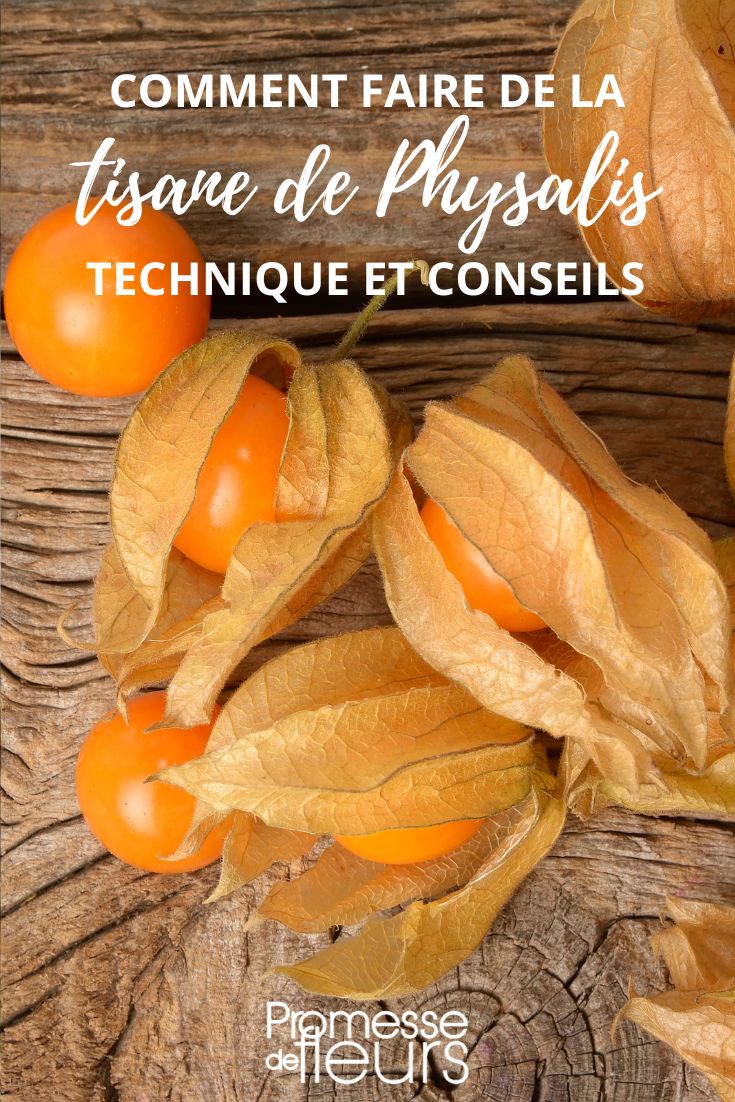Do you know Physalis? This perennial plant, often called Chinese lantern, reveals very pretty fruits in autumn: berries enclosed in an orange calyx, like small Chinese lanterns. What is less known is that Physalis fruits can be used for herbal teas. In phytotherapy and herbalism, many virtues have been discovered and the fruits extracted from this orange lantern are infused for use.
Ready to switch to a tea straight from the ornamental garden? Here are our tips to make an original autumn tea.

Which Physalis to use and which part of the plant?
As with all Solanaceae (tomato family) to which it belongs, leaves, stems and calyx of Physalis are toxic. Only the fresh fruits are consumed for tea and for decorating pastries. They are also used cooked in compotes or jellies, where they are a little less acidic. Fruits sit inside the calyx that forms from summer onwards. They resemble a large cherry, yellow to orange in colour.
There are several species of Physalis, each with differences in flavour or cultivation: Physalis alkekengii and Physalis franchetti have very acidic fruits and are completely hardy. Physalis alkekengii is the one most often found in our gardens. Physalis peruviana, or Cape gooseberry, can also be eaten; its fruits are much sweeter. It has the drawback of being less hardy than the first two and will fruit less in northern parts of the country. Physalis pruinosa is earlier and very productive. Finally, for eating and for our tea, you can also use tomatillos, which are also Physalis (P. ixocarpa or P. philadelphica). These have much larger fruits.

The virtues of Physalis
Physalis fruits are thought to help control blood glucose levels and are used in phytotherapy for their diuretic and laxative properties. They have long been used for gout because they help lower uric acid levels. Physalis fruit is rich in vitamins A, B and C.
Always be cautious when using your own plants, and always seek advice from a healthcare professional for regular consumption or a course of treatment.
When to harvest your physalis berries?
Harvest berries in September or October depending on region, not before ( Physalis pruinosa is earlier, from July), because if not ripe enough they will be toxic. In any case they will be inedible. The calyces must be clearly coloured and dried out. You can pick fruits fallen on the ground, which will be ripe. An open calyx or one becoming lace-like is also a good sign of the ripeness of the small fruits inside.
Homemade Physalis tea recipe
Use fresh berries, as dried physalis fruits lose much of their flavour.
- Place 4 ripe physalis berries in a large mug or in a teapot infuser
- Heat water to boiling
- Infuse for 10 minutes with a lid so the berries steep well and flavour the water. Press the fruits lightly with a teaspoon to enhance the aroma.

Variations
You can add other dried fruits to this tea, such as figs or dates, but also a slice of lemon or a piece of fresh or dried ginger.
Further reading
See our complete guide Physalis: sowing, cultivation, harvest
































Feedbacks